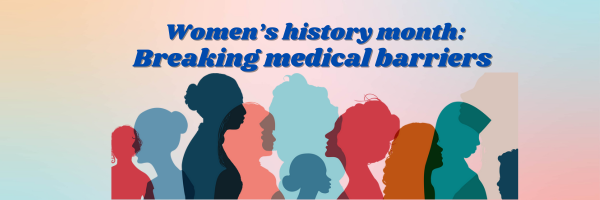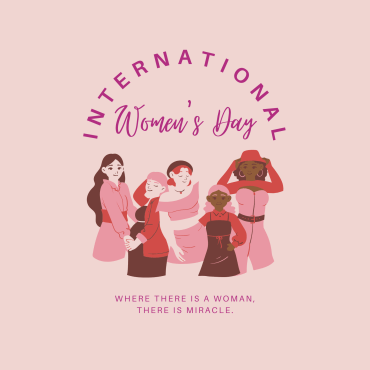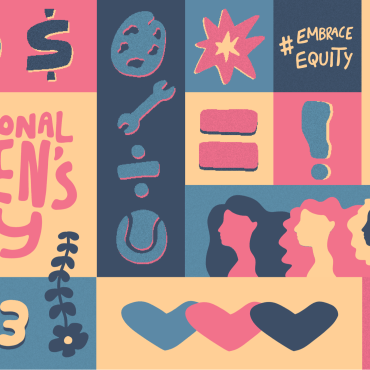Listeners:
Top listeners:
-
play_arrow
KTSW 89.9

By Yaa Antwi
Blog Content Contributor
SAN MARCOS – March 1st marks the first day we celebrate and highlight all the ways women have contributed to our society. From Frida Kahlo, a Mexican artist who pioneered the exploration of gender, class and identity through art to Bessie Coleman, the first African American woman of Native American descent to acquire a pilot’s license; women have made many impacts in history.
The women’s rights movement, which was started by Elizabeth Cady Stanton and Lucretia Mott’s first women’s convention, ushered in a new wave of history for women. This includes women’s lifestyles, women’s health, and how far women have come to ensure that the women after them share the same rights and opportunities.

Women’s health ranges from endocrine disorders, which affect hormone-related conditions to reproductive issues, which include endometriosis, menstrual issues and many more. Molly Shields, an OB/GYN doctor, is one of many women who play a crucial role in ensuring women get proper medical attention for their health.
“Obstetrics handles pregnant women, prenatal care, labor and delivery, and gynecology is anything having to do with the uterus and ovaries,” Shields said. “That’s anything from birth control, women who have heavier painful periods, and gangliest surgery such as having a hysterotomy or ovarian cyst, so it is a surgical specialty.”
Despite how far society has come regarding women’s health and women residing within the medical field, there are still some male-dominated specialties. According to Zippia, the Career Expert, 60.4% of medical field representatives are men while 39.6% are women.
“I think that people still view female physicians differently than males, including different interaction with staff and there’s still kind of a difference, and I think we still get questions more than our male colleagues,” Shields said. “Part of it probably is that they may feel more comfortable questioning a female doctor’s decision or care plan compared to a male doctor.”
Other notable differences for women within the medical field can also take the form of society’s perception that women aren’t as dedicated to their career when choosing to settle down. Shields’ hope is that as the medical industry changes, positions become more accommodating to women.
“It’s hard because the time of your life when you have children and raise your family can be the same time when you’re developing your skills and launching your career, and it’s hard to divide your time between that,” Shields said. “We want to hold onto those talented physicians, and it should be doable to have both.”
Although these challenges are still prevalent within the media field, society’s push towards women’s rights continues to be acknowledged, allowing women to make major strides within the field. Shields, who’s been in private practice for 10 years has seen the evolution of the medical field gradually improve for women.
“Just having women physicians in any capacity helps us put women’s issues more to the forefront, including more women for trials of medications,” Shields said. “I think there is a push to get more women in leadership positions, and it’s just a work in progress.”
As women continue to go into the medical field, women’s issues gradually move to the forefront of the industry, allowing for more information to be provided for women. It allows for more women to find safety in coming forward with their issues, which could be the next big breakthrough within the medical field.
“It’s definitely a great career field for women, and I’ve been happy with my career choice, but it’s still a field where we need to continue to make it work for us,” Shields said. “The more women who go into medicine and the more women that advocate for female patients, the better it’ll be for women physicians and the women who go to physicians.”
Share this:
- Click to share on Twitter (Opens in new window)
- Click to share on Facebook (Opens in new window)
- Click to share on Tumblr (Opens in new window)
- Click to share on Pinterest (Opens in new window)
- Click to share on Reddit (Opens in new window)
- Click to email a link to a friend (Opens in new window)
- Click to print (Opens in new window)
Written by: Cayla Soriano
International Women's Day Women in medicine Yaa Antwi
Similar posts
This Blog is Propery of KTSW



Post comments (0)